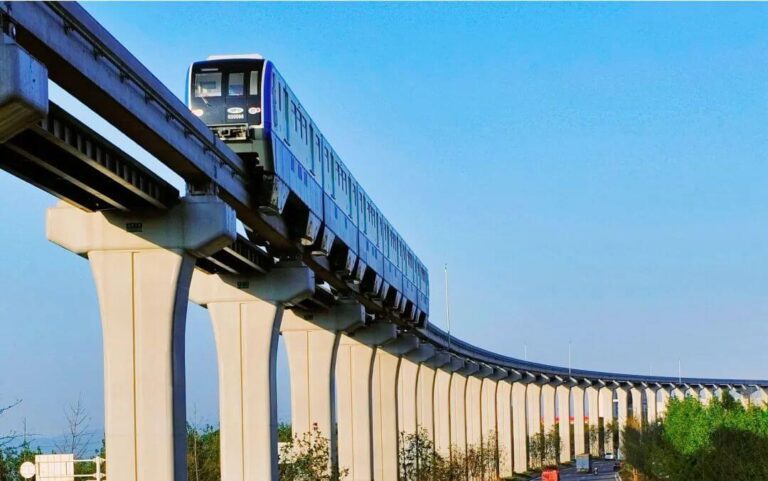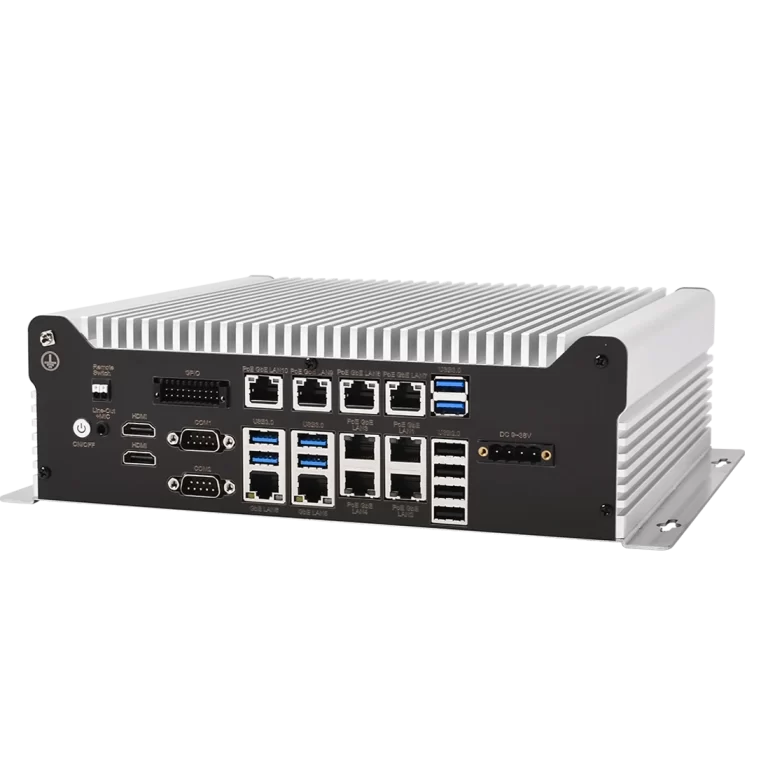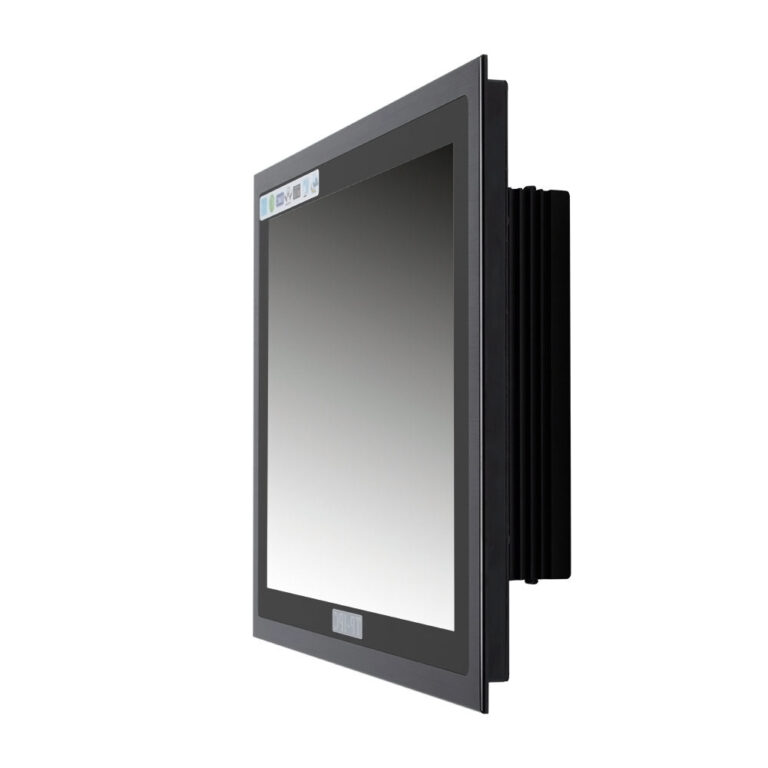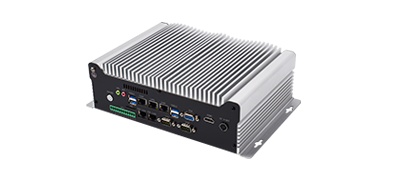In the printing industry, quality inspection of printed materials is a crucial step. However, traditional manual inspection methods suffer from low accuracy and slow speed, which cannot meet the demands of large-scale production. With rapid technological advancements and the rise and improvement of the industrial chain in recent years, the use of machine vision technology for quality inspection has become widespread across various industries. This article provides a detailed analysis of how GUNRI Industrial Control supports a well-known domestic custom printing company with machine vision, demonstrating how this technology facilitates efficient and intelligent production in the printing industry.
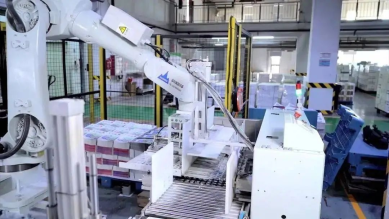
Client Company Background:
A custom printing company in Guangdong focuses on providing clients with high-quality, personalized graphic printing solutions. Equipped with advanced printing equipment and a professional design team, they meet clients’ diverse needs for print quality, design style, and delivery times. They offer customized designs for corporate brochures, product manuals, posters, and personalized gift printing to ensure high-quality finished products, committed to delivering satisfactory products and services to their customers.
Since this company is dedicated to the high-end printing market, it holds stringent requirements for the quality of its output products. Previously, inspections were done manually, but this traditional method lacked precision and efficiency, with workers prone to fatigue and eye strain over time. This issue, common in many manufacturing companies, leads them to adopt a cautious approach in maintaining high-quality product delivery rates. Upon receiving the request, GUNRI immediately dispatched pre-sales engineers to the site for an in-depth understanding of the situation. Through thorough observation and on-site investigation, a feasible solution was developed.Technical Solution:
The finished printed products are sent through a conveyor line where adaptive, adjustable lighting and high-speed industrial cameras are installed above. During the transfer process, the products are automatically photographed multiple times, achieving a detection accuracy of ±0.02mm. When defective products are detected, the conveyor activates a defect channel, routing these items to a specific area for defects, while defective product images are saved for archival purposes.
GUNRI’s Professional Equipment: IBOX-60X Series Core Components
Powered by a built-in PoE (Power over Ethernet) connection to high-speed industrial cameras, the system eliminates the need for additional camera power. With an optional GPIO module to connect lighting and an external light sensor, the system adjusts the brightness and color contrast of the lighting to match varying ambient conditions, ensuring consistent image feedback. The RS485 port links to the defective product channel switch, triggering a response when defects are detected. When the inspection software identifies a defective item, it signals the switch valve to divert the defective product, ensuring high-quality output.
The entire solution is based on the industrial control system to ensure stable software operation and centralized management of external equipment. Without major modifications to the existing production line, GUNRI’s specialized team, equipment, and integration capabilities enabled a cost-effective, high-quality quality control return on investment.
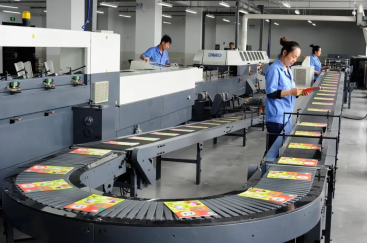
Post-implementation Review:
After a period of operation and regular follow-up visits, the machine vision inspection system has shown stable performance, improving both inspection and labor efficiency. It has also provided valuable data for the production line’s raw materials and upstream processes, achieving the goal of reducing costs and increasing efficiency.
Key Advantages of Machine Vision in Industrial Control:
- High Precision and Accuracy: Machine vision technology uses image analysis and algorithmic calculations to accurately assess product quality. Precision can reach levels as high as 0.001mm or even higher, ensuring strict control over product quality and preventing deviations beyond allowable tolerances. In contrast, manual inspection may suffer from fatigue or individual differences in eyesight, leading to reduced accuracy.
- High Efficiency: Machine vision enables fast product inspection, particularly on production lines. It can detect high-speed moving objects, often reaching 10 to 20 times the speed of manual inspection. This not only improves production efficiency but also reduces the number of defective products, thus lowering production costs.
- Objectivity and Consistency: Machine vision inspection is not affected by factors such as mood or fatigue, maintaining an objective and consistent standard. This is crucial in environments requiring strict quality control, as manual inspection may result in inconsistencies due to emotional variations or fatigue.
- Repeatability and Stability: Machine vision systems can perform inspections consistently in the same manner, ensuring that each result is reliable. This repeatability helps maintain product quality stability, enhancing the acceptance rate of finished products.
- Non-contact Inspection: Machine vision enables non-contact measurement of the observed object, preventing any potential damage. This is particularly useful for inspecting fragile, easily deformed, or hazardous materials. It also allows for long-term inspection tasks in harsh or dangerous working environments.
- Digitalization and Informatization: All measurement data generated during machine vision inspection can be independently replicated or networked for easy statistical analysis of the production process. Machine vision also supports multi-station measurement, simultaneously assessing multiple technical parameters such as product contour, dimensions, and surface defects, providing comprehensive data for quality control.
- Cost Reduction: Although the initial investment in a machine vision system may be high, it can significantly reduce labor and time costs in the long term. Machine vision systems can work continuously without rest or additional manpower. Additionally, their high efficiency and accuracy minimize the resource waste and loss associated with false positives or missed defects.
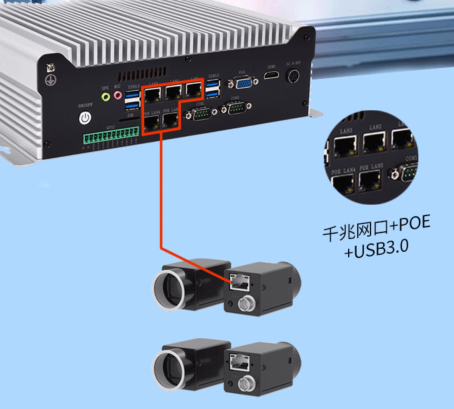
In summary, machine vision offers multiple advantages for quality control, including high precision, efficiency, objectivity, consistency, repeatability, non-contact inspection, digitalization, and cost reduction, making it an indispensable tool in modern industrial production quality inspection.

